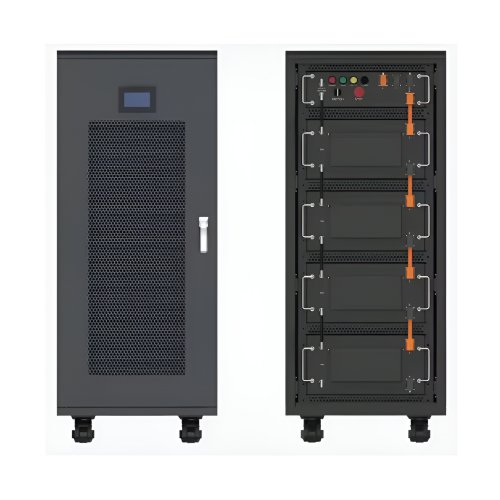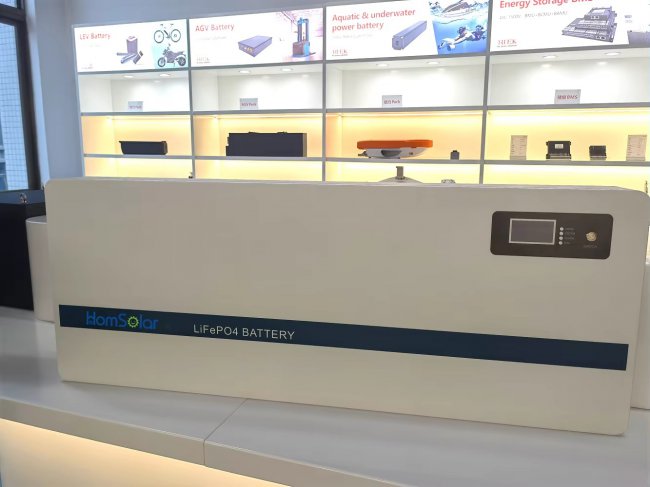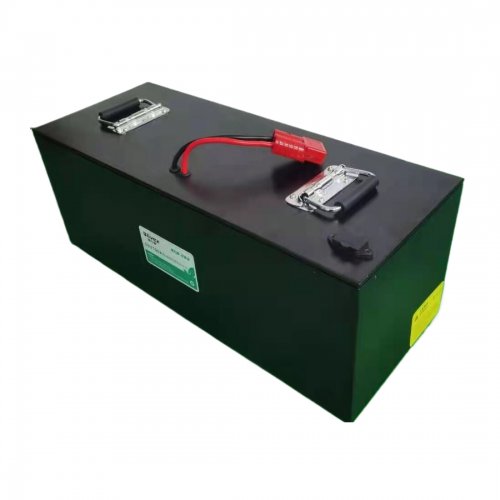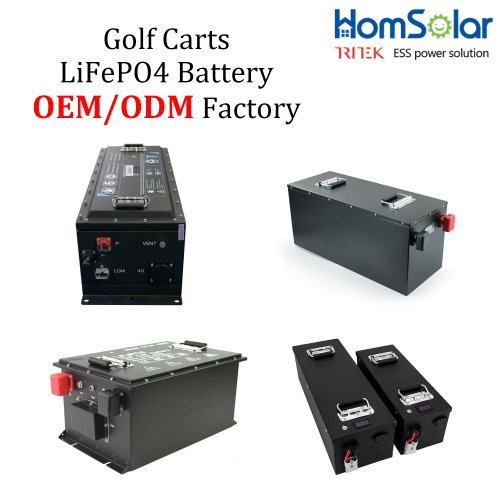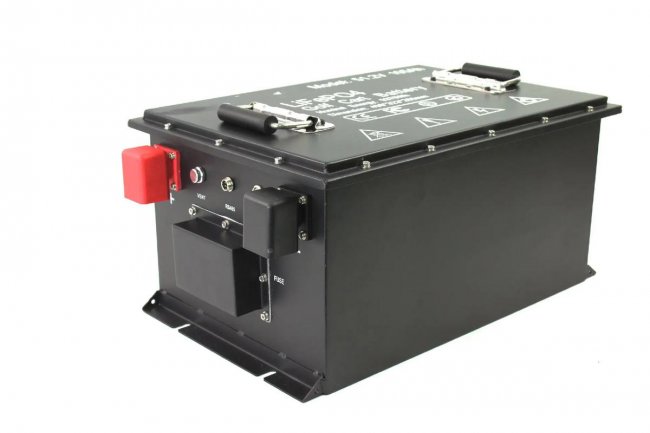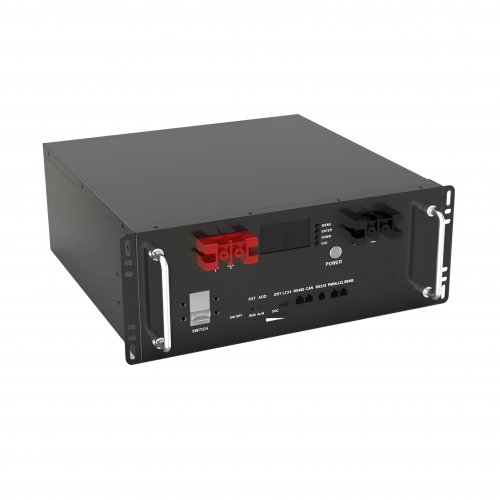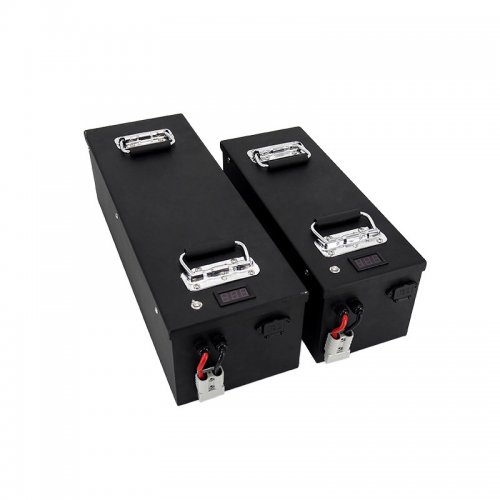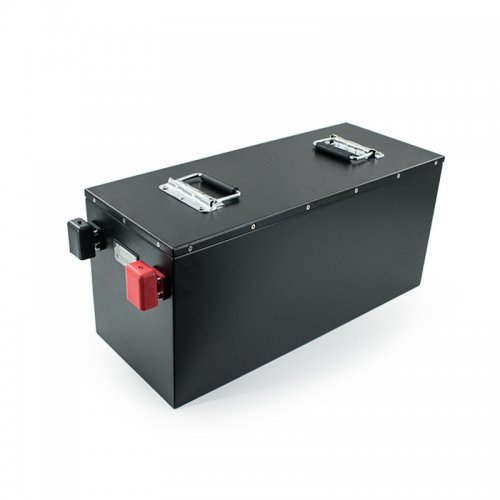Advances In Cation Doping: Enhancing Material Properties For Energy And Electronics
Introduction
Cation doping, the deliberate introduction of foreign cationic elements into a host lattice, stands as a cornerstone of modern materials science. This powerful strategy allows for precise tailoring of a material's electronic, optical, magnetic, and catalytic properties without altering its primary crystal structure. The fundamental principle involves creating point defects—substitutional or interstitial—that perturb the local electronic environment, leading to modified charge carrier concentrations, optimized band structures, and enhanced ionic conductivities. For decades, cation doping has been instrumental in technologies ranging from semiconductor electronics to phosphors and batteries. Recent years, however, have witnessed a paradigm shift, moving from empirical, trial-and-error doping towards a more predictive and sophisticated approach. This article explores the latest research breakthroughs, emerging techniques, and future directions in the field of cation doping, highlighting its pivotal role in advancing next-generation technologies.
Recent Research Breakthroughs and Novel Applications
The application of cation doping has expanded into cutting-edge domains, delivering remarkable performance enhancements.
1. Stabilizing Perovskite Photovoltaics: Organic-inorganic halide perovskites have revolutionized photovoltaics, but their notorious instability remains a critical bottleneck. Recent breakthroughs have employed multi-cation doping to address this. While the initial success of mixed cations like formamidinium and cesium is well-known, recent focus has shifted to smaller, aliovalent cations. For instance, doping with potassium (K⁺) ions at the A-site has been shown to passivate ionic defects, suppress ion migration, and reduce hysteresis in perovskite solar cells. Research byBai et al. (2021, Nature Communications)demonstrated that K⁺ doping effectively anchors the perovskite structure, significantly enhancing thermal and operational stability while maintaining high power conversion efficiencies. Similarly, rubidium (Rb⁺) and cesium (Cs⁺) co-doping strategies have produced perovskites with improved phase purity and tolerance to environmental factors, pushing the commercial viability of this technology closer to reality.
2. Enhancing Electrochemical Energy Storage: In the realm of batteries and supercapacitors, cation doping is a key enabler for high-performance electrode materials. For lithium-ion batteries, doping of cathode materials like LiCoO₂ (with Mg²⁺ or Al³⁺) and LiFePO₄ (with Nb⁵⁺ or Zr⁴⁺) has long been used to improve structural stability and electronic conductivity. The latest research focuses on high-capacity, Ni-rich layered cathodes (NMC). Doping with elements like tungsten (W⁶⁺) or tantalum (Ta⁵⁺) has been shown to strengthen the crystal lattice, suppress detrimental phase transitions, and mitigate cation mixing (Ni²⁺ occupying Li⁺ sites), thereby extending cycle life and raising the charging voltage ceiling. A study byLiu et al. (2022, Science Advances)highlighted how Al³⁺ and Ti⁴⁺ dual-doping creates a robust surface-to-bulk gradient structure that effectively inhibits microcrack formation in NMC811 cathodes. In sodium-ion batteries, doping is crucial for stabilizing Prussian blue analogues and layered oxide cathodes, making them competitive alternatives.
3. Engineering Two-Dimensional Materials: The rise of 2D materials like graphene and transition metal dichalcogenides (TMDs) has opened a new frontier for cation doping. Since these materials are surface-dominated, even minimal doping can drastically alter their properties. For example, doping MoS₂, a semiconducting TMD, with transition metal cations like Nb⁵⁺ or Re⁴⁺ can induce p-type or n-type conductivity, respectively, which is essential for constructing 2D transistors and logic circuits. Recent work has shown that vanadium (V³⁺) doping in WS₂ monolayers can introduce room-temperature ferromagnetism, a property absent in the pristine material, paving the way for ultra-thin spintronic devices. Furthermore, cation intercalation into the van der Waals gaps of 2D materials is a powerful method to tune their superconducting and catalytic properties.
Technological and Methodological Breakthroughs
The progress in application is underpinned by significant advancements in doping techniques and characterization.
1. Predictive Doping via High-Throughput Computation: The traditional Edisonian approach to discovering optimal dopants is being rapidly replaced by computational materials design. Density Functional Theory (DFT) calculations, combined with high-throughput screening, can now predict the formation energy of dopants, their preferred lattice sites, and the resultant electronic structure modifications with remarkable accuracy. Machine learning models, trained on vast materials databases, are further accelerating this process, identifying non-intuitive doping strategies for target properties. Thisab-initioguided experimentation saves immense time and resources, as demonstrated in the discovery of novel dopants for transparent conducting oxides and thermoelectric materials.
2. Atomic-Scale Precision in Synthesis: Achieving uniform and controlled doping at the atomic level has long been a challenge. Recent synthetic breakthroughs are making this possible. Advanced techniques like atomic layer deposition (ALD) and molecular beam epitaxy (MBE) allow for layer-by-layer growth with precise stoichiometric control, enabling the incorporation of dopants at specific atomic planes. For solution-processed materials, novel precursor chemistries and kinetically controlled synthesis routes are preventing dopant segregation and ensuring homogeneous distribution. The emergence of "site-selective doping," where dopants are engineered to occupy specific crystallographic sites in complex structures, represents a significant leap forward.
3. Advanced Characterization at the Single-Atom Level: Understanding the local environment of dopant atoms is crucial. The latest characterization tools provide unprecedented insights. Aberration-corrected scanning transmission electron microscopy (STEM), especially when combined with electron energy loss spectroscopy (EELS), can now directly image individual dopant atoms and identify their chemical state within a host lattice. Synchrotron-based X-ray absorption fine structure (XAFS) spectroscopy offers detailed information on the coordination geometry and oxidation state of dopants. These techniques are indispensable for validating computational predictions and establishing definitive structure-property relationships.
Future Outlook and Challenges
Despite the tremendous progress, several challenges and exciting opportunities lie ahead.
The ultimate goal is to achieve dynamic and reversible doping. Current methods are largely static. Future research will explore stimuli-responsive doping, where an external trigger like light, electric field, or strain can modulate the dopant's charge state or position, leading to materials with adaptive properties. Another frontier is high-entropy doping, where multiple principal cations are incorporated in near-equimolar ratios into a single lattice. This "cocktail effect" can lead to unique synergistic properties, such as exceptional strength and stability, which are being explored for catalysts and ultra-hard coatings.
A significant challenge remains in achieving perfect dopant incorporation without triggering phase separation or the formation of compensating defects. For many complex oxides and nitrides, the solubility limits of desirable dopants are low. Developing non-equilibrium synthesis routes to overcome these thermodynamic barriers will be a key research direction. Furthermore, as devices shrink to the nanoscale, understanding and controlling dopant diffusion and clustering under operational conditions (e.g., high voltage, temperature) is critical for long-term reliability.
Finally, the integration of cation doping with other defect engineering strategies, such as anion doping and the creation of heterostructures, will enable the design of materials with truly multifunctional capabilities. As our fundamental understanding deepens and control at the atomic scale improves, cation doping will continue to be a vital tool for powering the next generation of sustainable energy, quantum computing, and information technologies.
References (Examples)Bai, S., et al. (2021). Potassium-induced phase stability enables stable perovskite solar cells.Nature Communications, 12, 1124.Liu, T., et al. (2022). Dual-gradient doping for stable cycling of high-energy lithium-ion batteries.Science Advances, 8, eabj8624.Zhang, L., et al. (2020). High-throughput design of doped semiconductors for energy applications.Journal of the American Chemical Society, 142(20), 9111-9118.Zhou, W., et al. (2018). Site-selective doping of a single crystal to engineer a functional heterostructure.Nature Materials, 17, 131-137.
Customized/OEM/ODM Service
HomSolar Supports Lifepo4 battery pack customization/OEM/ODM service, welcome to contact us and tell us your needs.


HomSolar: Your One-stop LiFePO4 Battery Pack & ESS Solution Manufacturer
Our line of LiFePO4 (LFP) batteries offer a solution to demanding applications that require a lighter weight, longer life, and higher capacity battery. Features include advanced battery management systems (BMS), Bluetooth® communication and active intelligent monitoring.

Customised Lithium Iron Phosphate Battery Casing
ABS plastic housing, aluminium housing, stainless steel housing and iron housing are available, and can also be designed and customised according to your needs.

HomSolar Smart BMS
Intelligent Battery Management System for HomSolar Energy Storage System. Bluetooth, temperature sensor, LCD display, CAN interface, UART interface also available.


Terminals & Plugs Can Be Customized
A wide range of terminals and plugs can be customised to suit the application needs of your battery products.

Well-designed Solutions for Energy Storage Systems
We will design the perfect energy storage system solution according to your needs, so that you can easily solve the specific industry applications of battery products.



About Our Battery Cells
Our energy storage system products use brand new grade A LiFePO4 cells with a battery lifespan of more than 4,000 charge/discharge cycles.



Applications in Different Industries
We supply customized & OEM battery pack, assemble cells with wiring, fuse and plastic cover, all the cell wires connected to PCB plug or built BMS.
Applications: E-bike, Electric Scooter, Golf Carts, RV, Electric Wheelchair, Electric Tools, Robot Cleaner, Robot Sweeper, Solar Energy Storage System, Emergency Light, Solar Power Light, Medical Equipment, UPS Backup Power Supply.
We can provide you with customized services. We have the ability to provide a vertical supply chain, from single cells to pack/module and to a complete power solution with BMS, etc.


HomSolar (Shenzhen) Technology Co., Ltd







